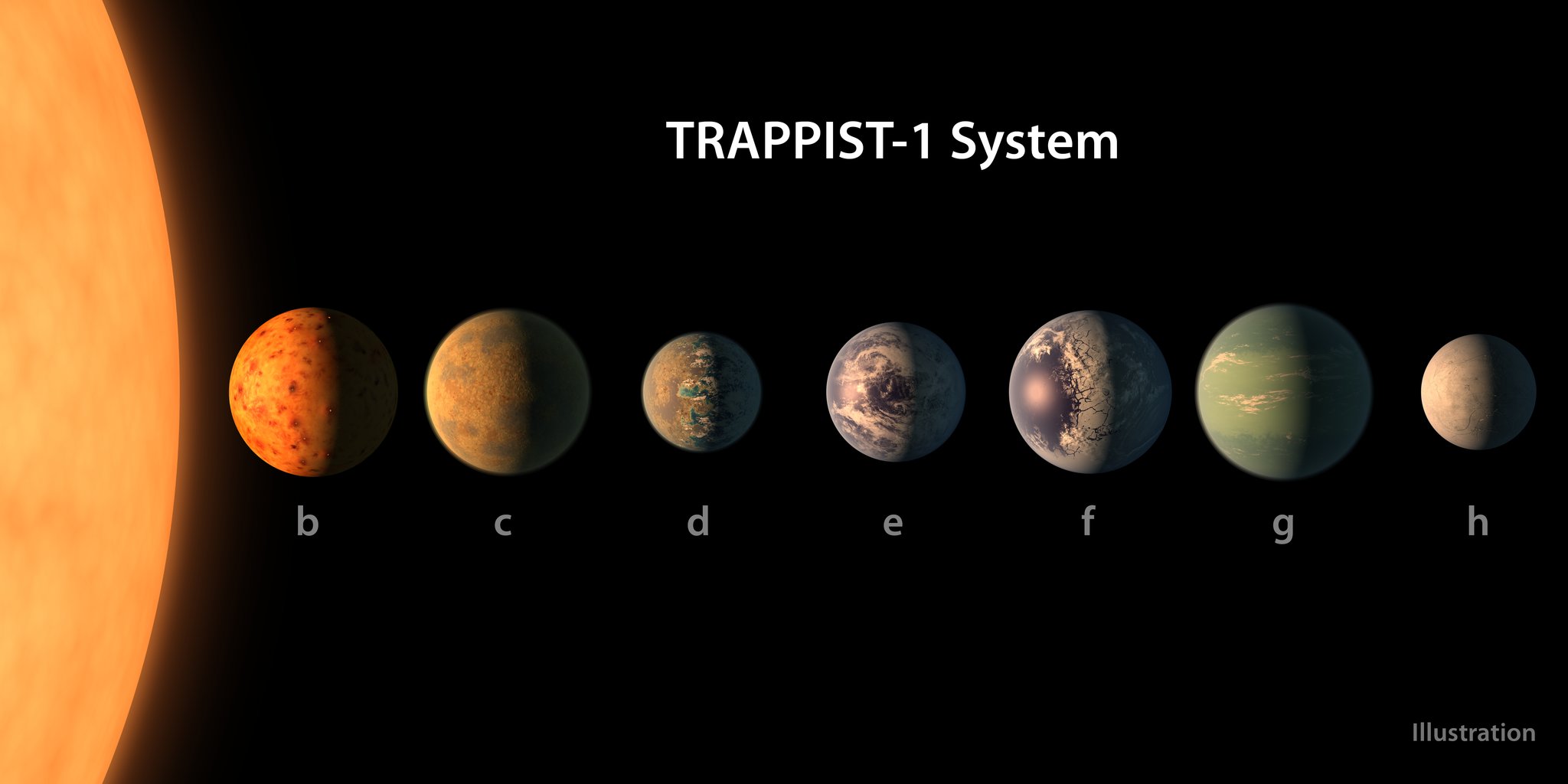The discovery of alien solar systems has always captivated the imagination of astronomers and the public alike. Recently, a remarkable solar system was unearthed, featuring not one but seven Earth-sized planets orbiting a dwarf star. This revelation ignites not only excitement but also an array of tantalizing questions about the potential for life beyond our own solar confines. Could these new worlds harbor the building blocks of life as we know it?
The newly identified exoplanets, situated within the habitable zone of their star, offer a unique configuration that may allow for varied climates and conditions. This zone is often dubbed the “Goldilocks Zone,” where conditions are just right—not too hot and not too cold—for liquid water to exist on a planet’s surface. Water is essential for life, so the existence of these seven planets in such a zone brings hope to those pondering extraterrestrial existence.
The challenge intensifies as astronomers face the daunting task of discerning the atmosphere and surface conditions of these distant worlds. Each planet’s own orbit creates a cosmological puzzle. The potential diversity of these planets raises an important question: How can we determine which, if any, of these celestial bodies might support organic life? Traditional telescopic methods may provide preliminary insights, but the search for definitive signs of life requires advanced missions and innovative technologies.
Notably, these planets’ proximity to one another, and their common gravitational tether to their star, sets a stage for intriguing atmospheric interactions. Imagine what might unfold in the skies of these worlds: storm systems perhaps generating a symphony of weather patterns that could vastly differ from our Earthly conditions. If life could flourish here, what forms might it take? Could we indeed find primordial liquid oceans, bizarre flora, or entirely new ecosystem dynamics?
The thrill of discovery cannot be overstated, yet it brings with it a myriad of ethical and practical concerns. Should we pursue missions aiming to explore and possibly alter these distant environments? As the scientific community grapples with these dilemmas, we are reminded of the delicate balance we must maintain concerning our own Earth. The world is watching and waiting, curious about the implications of human ambition in exploring these alien realms.
With many hurdles still to clear, this transformative discovery of the seven Earth-sized planets undoubtedly encourages us to stretch the boundaries of our understanding. In pursuing them, we stand at the precipice of a universal journey. What astonishing revelations await us, and dare we dream of truly finding kindred spirits among the stars?
